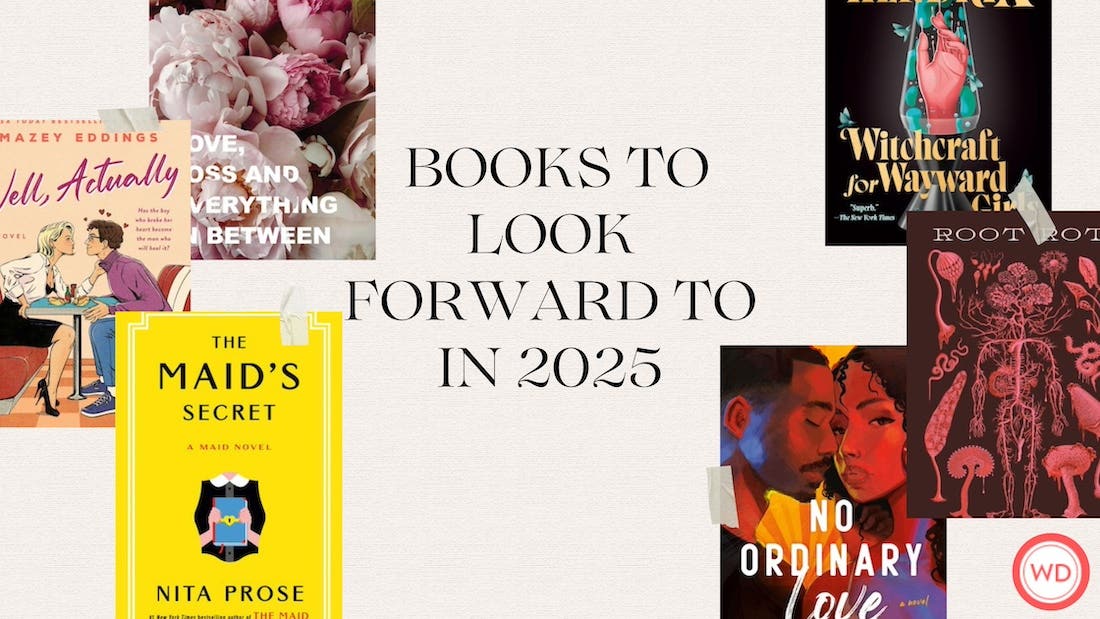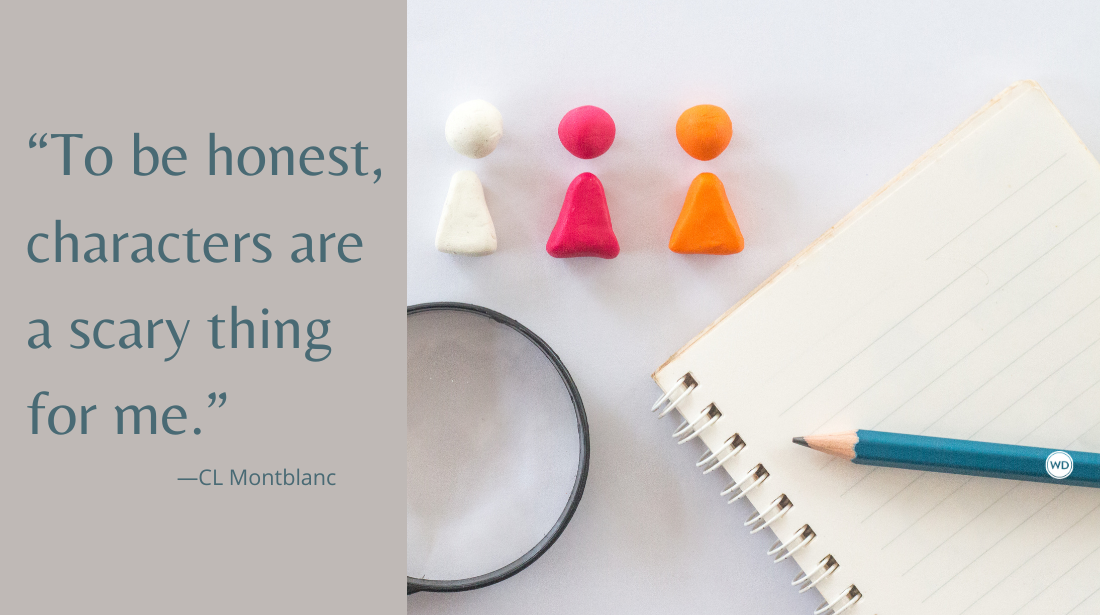Prose Fiction vs. Graphic Novels: Thoughts From a Guy Who’s Done Both
Acclaimed author/illustrator Mark Crilley shares his thoughts on the differences between writing prose fiction and comics and graphic novels.
From a certain point of view, I owe much of my current career to Entertainment Weekly Magazine. In 1998, they chose me as one of the “100 Most Creative People in Entertainment.” This claim—highly dubious, in my case!—was made in their annual It List issue: a feature in which each selected person got a little blurb explaining why they’d made the cut.
Folks at Random House Children’s Books saw my name and decided to have a closer look at my sole claim to fame: the Akiko series, a monthly small-press comic book about a little girl who has adventures on another planet. Before long, Random House offered me a book deal, inviting me to transform my comic into a series of prose fiction novels. Eventually, I wrote and illustrated 12 such novels.
This puts me into a somewhat exclusive group: people who have written both comics and prose fiction, and can thus compare the two from the inside out. They, of course, have a fair amount in common, but what I’d like to focus on today is the differences. From the point of view of the person creating them, how exactly are graphic novels different from prose novels?
Well, it won’t come as much of a surprise to hear that graphic novels are a visual medium and as such lend themselves to stories in which visuals play an important role. They are like movies in this way. Yes, it is possible to make a super-talky movie like My Dinner with Andre, but most movies are naturally filled with treats for the eyes. When I first got my start in comics, the visuals often drove the storytelling quite literally. I’d think, “Wouldn’t it be cool to draw a castle that had come to life?” And I would proceed to concoct a sequence that allowed me to do just that.
Now, don’t get me wrong: I’m not saying that’s a good way to write a story—for comics, movies, or anything else. But when you’re sitting down to create a graphic novel, you should certainly check to make sure you’re working with raw material that will produce memorable visuals of some kind. A graphic novel in which we see two guys engage in dialogue, in a single location, from first page to last, is not likely to be a lot of fun for the reader.
Indeed, comics can sometimes shift into purely visual storytelling: wordless sequences in which everything is conveyed by the artwork and by the artwork alone. My latest graphic novel, Lost in Taiwan, has a great many such sequences. At one point, we see the protagonist, Paul, get out of bed, let himself out of the apartment, buy a can of coffee from a vending machine, and venture out among the predawn rice paddies until he encounters something that seems fated in an almost mystical way. This takes place over the span of 12 pages, and there’s not a single word of dialogue on any of them.
If I handed my editor the manuscript for a prose novel that went 12 pages without any dialogue, I think it’s safe to say she’d be sending me back to the writing desk! But with comics, you could hypothetically have an entire book with no dialogue in it at all. Gon, a manga series by Masashi Tanaka, does just that and is considered a classic.
But I doubt I’ll ever try such a feat. Not because I couldn’t succeed at it, but more because my favorite part of creating comics is the constant give-and-take between words and pictures. This is the area where we can stop with the movie comparisons and say, without exaggeration, that comics offer something truly unique among all storytelling methods.
The only one that comes close is the traditional bedtime picture book, in which the reader enjoys the pleasure of taking in information by both words and pictures, page after page after page. But comic books take this to a whole new level. On a single comic book page, the reader could be—and routinely is—invited to leap between reading words and interpreting artwork a dozen times or more.
And though this may sound arduous, it is in fact highly stimulating for the brain. When you are reading a graphic novel created by a real master, the interplay between words and pictures is genuinely thrilling and gives your brain an invigorating workout that no other medium can match.
I especially love creating dialogue scenes in comics, as this is where the move from words to pictures is at its most rapid fire. A three-panel sequence could go like this:
- A man asks a question. You read the speech bubble but also glance at the facial expression to interpret his mood. He appears confident. Maybe a little mischievous.
- In the next panel you see the other character—a woman—react. There is no speech bubble, forcing you to study her facial expression: She seems startled by the question.
- In the next panel, you see that same character, but with her facial expression having changed to anger. She lays the man low with a devastating comeback.
In just three panels, your brain has leapt between words and pictures several times. If a silent film asked you to keep jumping back and forth between reading words and watching actors gesture at each other, it would soon become irritating. In comics, the comparable experience is delightful and so natural as to become almost unnoticeable. It’s like the pages are teaching your brain to dance, and before you know it, your brain is jitterbugging and moving around like Fred Astaire.
Check out Mark Crilley's Lost in Taiwan here:
(WD uses affiliate links.)
Will I ever again write a prose fiction novel? It could happen. But comics are where I’m at my best, I think: where I can make the fullest use of my talents. They require so many different skills that it’s no wonder they’re often the product of a team of different people: a writer, a penciller, an inker, a letterer, a colorist, etc. If you choose to do all this by yourself, as I have always done, creating a 300-page graphic novel is so time-consuming as to require years (and arguably a certain level of madness!).
But I wouldn’t trade my job for the world. No, I am not now—nor was I ever—one of the 100 most creative people in entertainment. But when I’m making comics, I enjoy it so much I just might be one of the 100 happiest.
Mark Crilley is the author and illustrator of more than 40 books, including several acclaimed graphic novels, for which he has received 14 Eisner Award nominations. His work has been featured in USA Today, Entertainment Weekly, and on CNN Headline News. His popular YouTube videos have been viewed more than 400 million times. He lives in Michigan with his wife, Miki, and children, Matthew and Mio.








